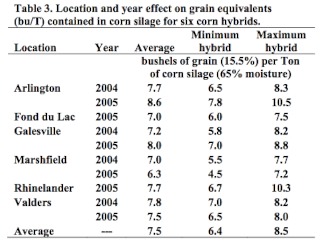By Ryan McGeeney
Prices for both steer calves and slaughtered steers in the United States rose to record highs in the first quarter of 2025, according to the U.S. Department of Agriculture.

Medium and Large No. 1 steer calf prices were seen between $3.16 and $3.88 per pound, fetching as much as $2,054 for a $650-pound steer. Averaging more than $350 per hundredweight, the average price for similar steers from 2019-2023 was about $175-$200 per hundredweight.
Slaughter steer prices were similarly elevated, ranging from about $200-$215 per hundredweight between January and March of this year, compared to $130-$140 per hundredweight from 2019-2023.
James Mitchel, livestock economist for the University of Arkansas System Division of Agriculture, said the elevated prices are due to the slight reduction in U.S. cattle inventory, paired with the steep curve of supply and demand in livestock marketing.
“We’re seeing prices that are 15 percent higher, year over year, depending on the market,” Mitchell said. “Cattle supply is a very inelastic supply, meaning that even very small changes in quantity can lead to very large changes in price. This is especially true in the cow-calf sector, where production decisions are made well in advance and can’t quickly adjust to short-run market changes.”
In January, the USDA’s Cattle Inventory Report reflected an approximately 1 percent decrease in the overall U.S. cattle inventory, from 87.2 million to 86.7 million. Arkansas cattle production was in line with that estimate, falling from 1.57 million head in 2024 to 1.56 million in 2025.
Mitchell said the nature of that steep curve is rooted in the biological factors of beef production.
“If you think about the cow-calf sector, if producers see really high prices, they can’t immediately respond to that by increasing supply overnight,” Mitchell said. “It takes time to do that. A producer has to expand their cattle herd. If they want more cows, they have to retain more heifers, those heifers need to be developed and bred and they have to give birth to a calf, which then has to be weaned and sold. That’s a year-and-a-half to two-year process.
“So, the supply curve is really steep because there’s a biological lag between observing high prices and being able to do anything about it,” Mitchell said.
Retail pricing lag
Mitchell said these higher prices will likely trickle down to consumers in the latter part of 2025 and continue through 2026.
“We’ll see beef production start to pull back this year, and that production will pull back even further in 2026, so we’ll see higher retail beef prices,” he said. “Those prices are already really high, so we’ll test what that maximum willingness to pay will be in the next year or two.
“Consumers showed us during the COVID pandemic that they’re pretty resilient,” he said. “One potential response from consumers is some trading down in the types of beef consumed.”
Mitchell noted that beef prices are only one aspect of consumers’ beef preference. Income, beef quality and food safety are examples of other factors beyond price that matter, he said.
“I think there are bigger-picture macro-economic concerns from consumers,” he said. The most-recently published Michigan Consumer Sentiment Index, which tracks the overall attitude toward the national economy among American survey respondents, reflected a pessimistic outlook in consumer expectations about the future.
“That has a bearing on consumer spending,” Mitchell said. “That will affect beef as well.”
Source : uada.edu